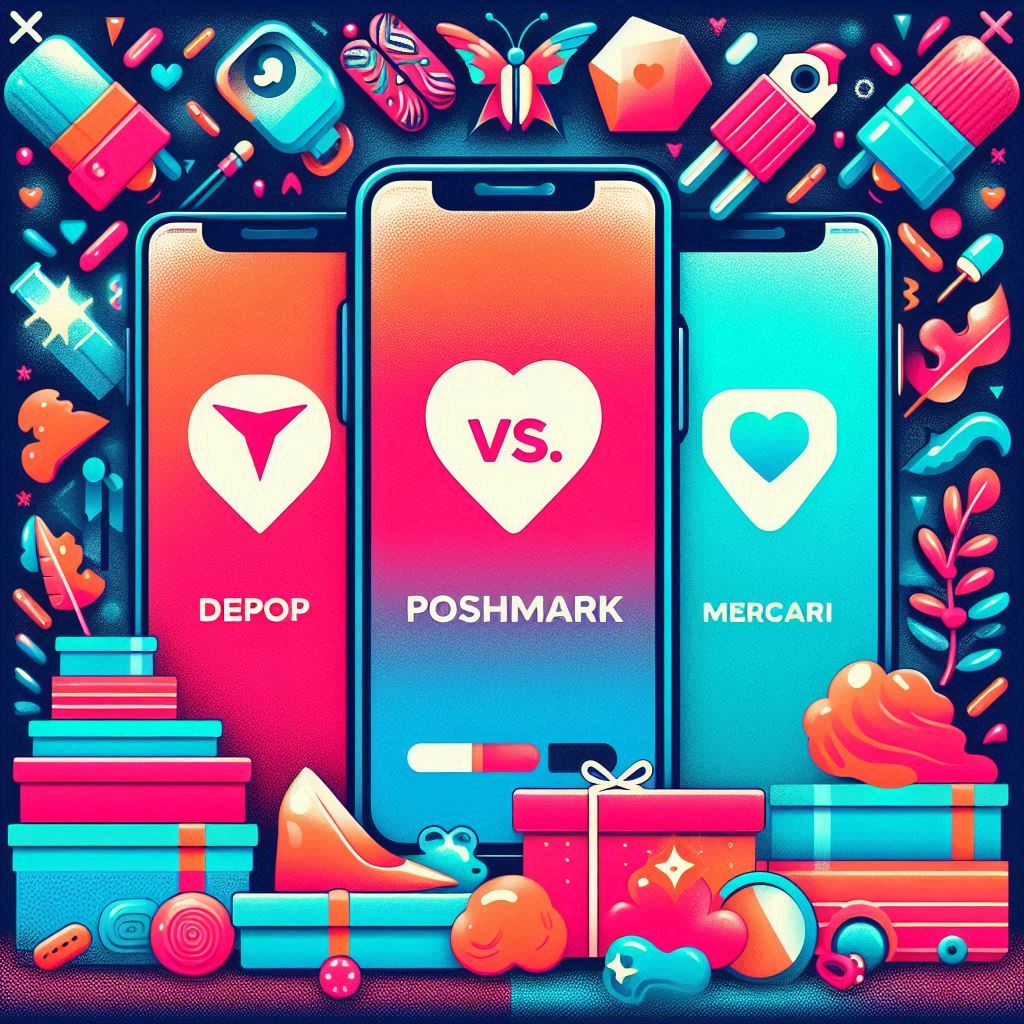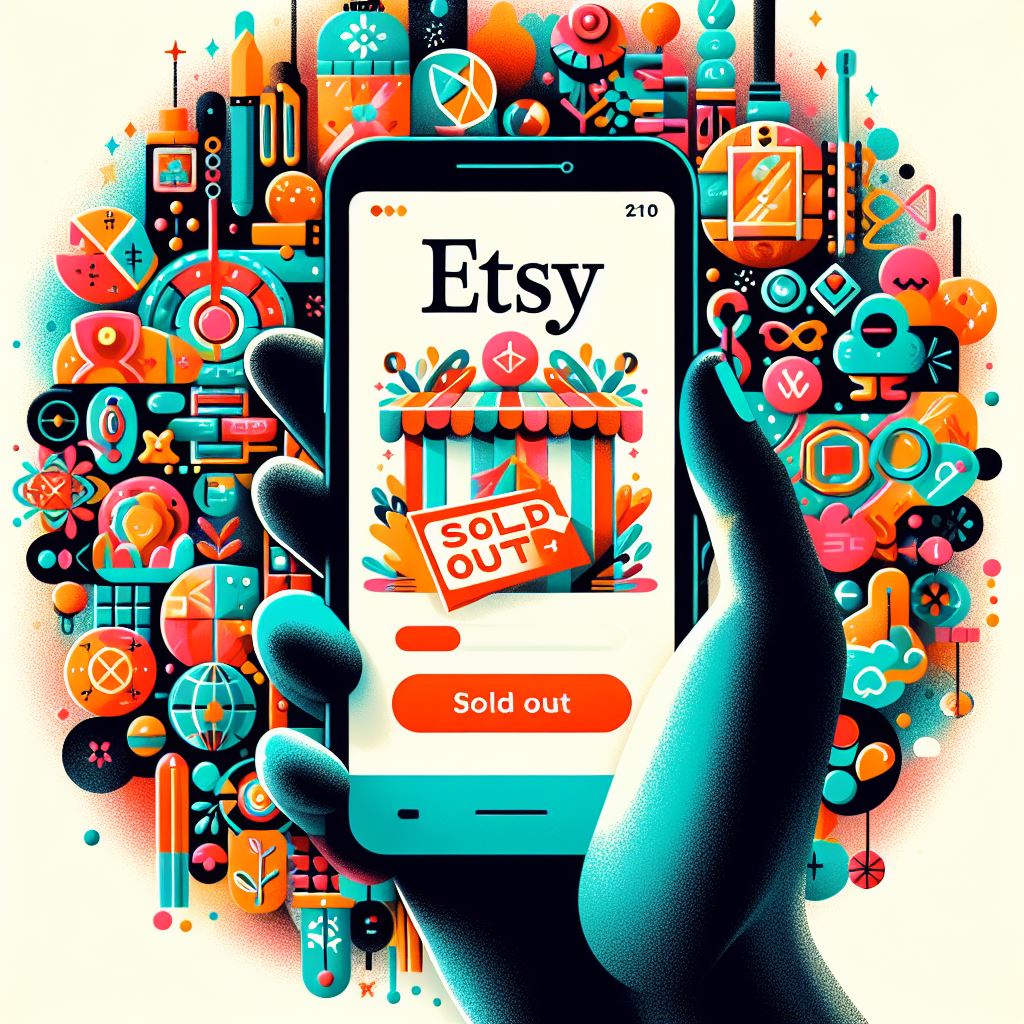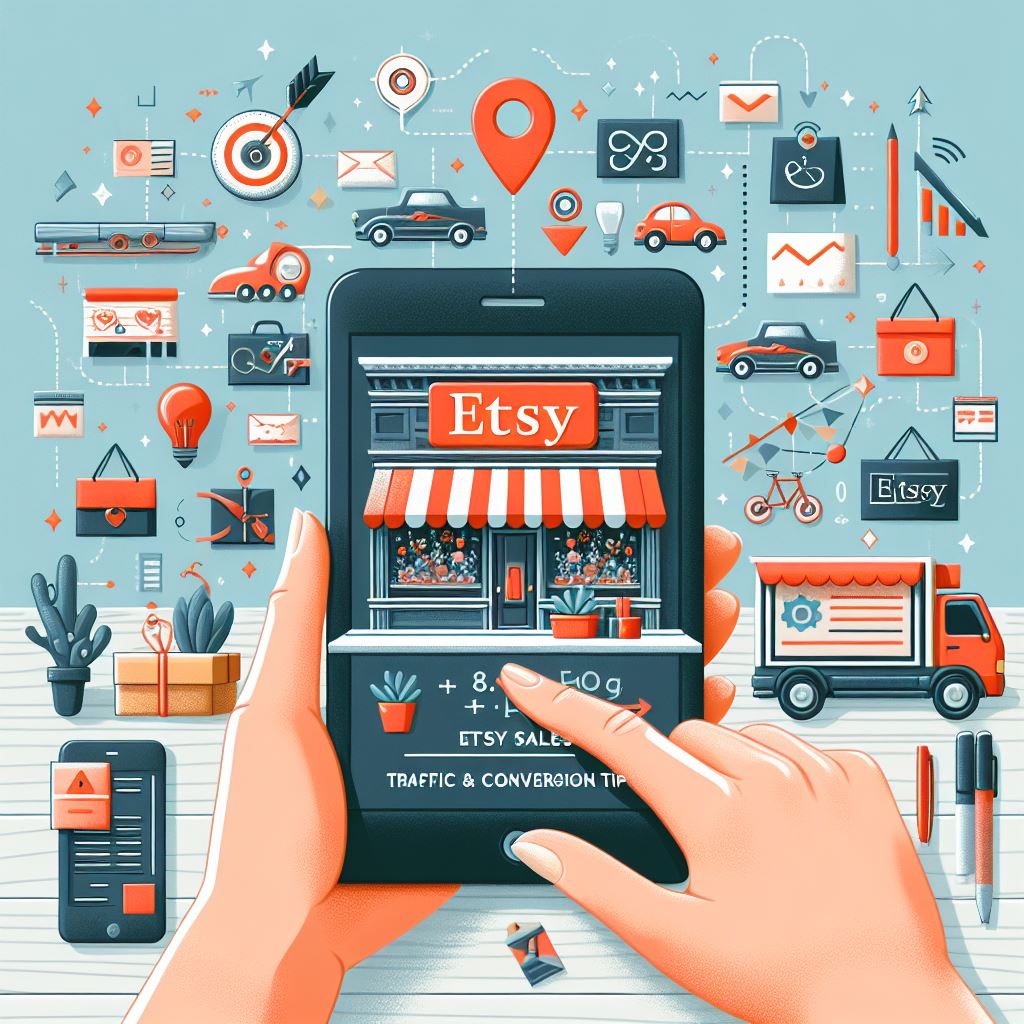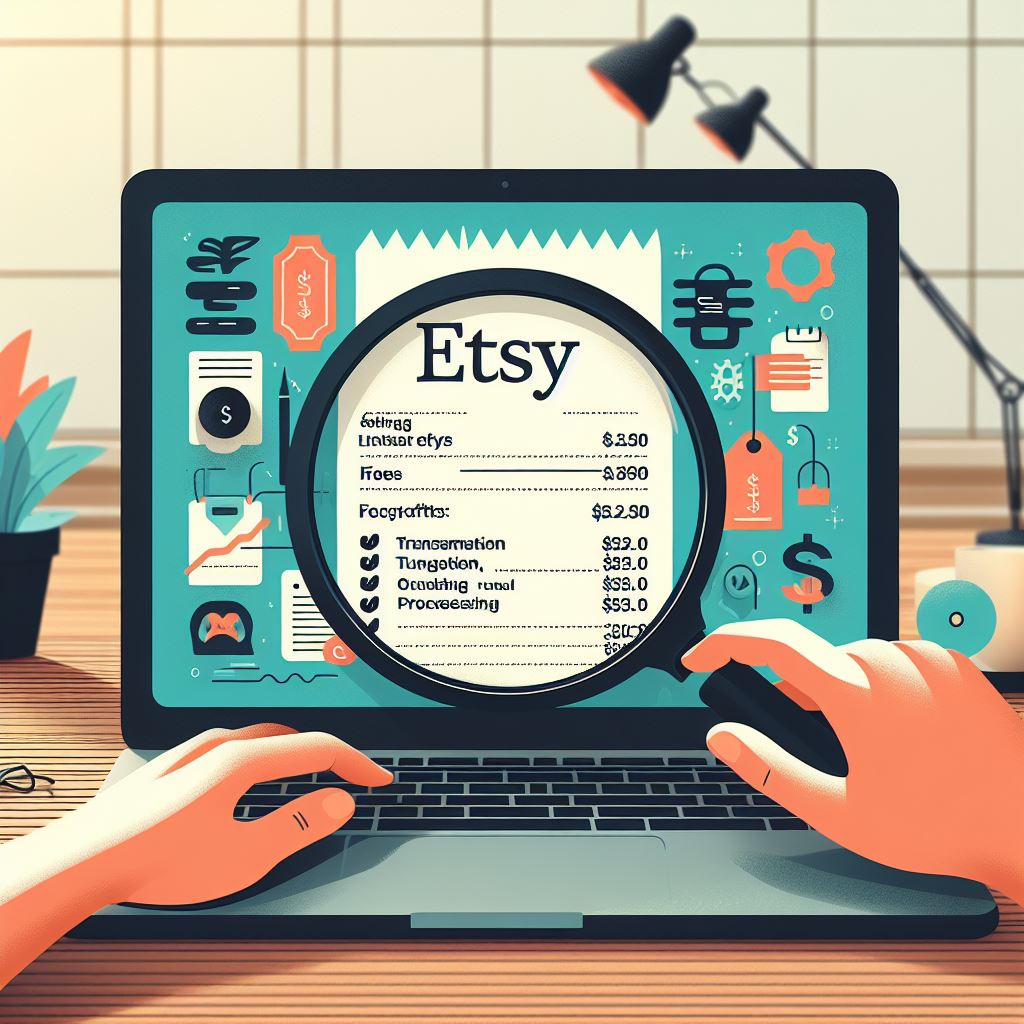Picture this: You’re an artist, lost in the flow of creation, brushstrokes dancing across the canvas, fingers flying over the keyboard, or beads clicking rhythmically as a new piece takes shape. But the joy of making is often overshadowed by the constant pressure to sell, market, and ship, leaving you feeling more like a factory worker than a free-spirited artist. What if there was a way to generate income from your art even while you’re enjoying a much-needed creative break, sipping coffee in a sunny cafe, or exploring a new inspiring landscape? This is the dream of passive income – a revenue stream that, once established, requires minimal ongoing effort to maintain. And for artists, Etsy, with its thriving marketplace for handmade and digital goods, holds the key to unlocking this income-generating potential. But before we dive into the exciting world of Etsy passive income, let’s address a common misconception: Table of Contents: Debunking the “Passive Income” Myth The term “passive income” can be a bit misleading, conjuring images of effortless earnings flowing in while you lounge on a beach. The reality, however, is that any income stream, digital or physical, requires work. Etsy is not a magical money-making machine; it’s a platform that rewards dedication, strategy, and a willingness to put in the effort, especially in the beginning. Think of it like planting a garden. You wouldn’t expect to simply scatter seeds and watch a bounty of vegetables magically appear. You need to till the soil, nurture the seedlings, and tend to your garden with care. Similarly, building a passive income stream on Etsy involves: Success on Etsy, like gardening, is a journey, not a destination. It requires a long-term mindset, a commitment to learning and growing, and a passion for sharing your artistic gifts with the world. Understanding Digital Products and Printables Now that we’ve cleared the air about the work involved, let’s explore the exciting world of digital products – a category of goods perfectly suited for passive income on Etsy. Digital products encompass any downloadable file that customers can access electronically. This includes a wide range of creative offerings, such as: Printables fall under the umbrella of digital products, but they are specifically designed for customers to print. Think of them as the DIY version of traditional art prints or stationery. Popular printable categories include: Why Sell Digital Products on Etsy? Etsy is a natural fit for digital products, offering several advantages: Finding Your Profitable Niche Now that you understand the allure of digital products, let’s dive into the crucial first step: finding your profitable niche. This involves identifying a specific market segment where you can offer unique value while facing minimal competition. Unlocking the Power of Long Tail Keywords Long tail keywords are longer, more specific search phrases that pinpoint a particular customer need. Instead of competing for broad, generic terms like “planner” (which yields millions of results on Etsy), you can target niche phrases like “printable fitness planner for busy moms” or “minimalist watercolor floral wedding invitations.” Longer tail keywords offer several advantages: Step-by-Step Niche Research Creating High-Quality Digital Products You’ve identified your profitable niche, and now it’s time to channel your artistic energy into crafting digital products that stand out in the crowded Etsy marketplace. While professional design skills are an asset, user-friendly tools empower anyone to create beautiful and sellable digital goods. Choosing Your Design Arsenal The Importance of Originality In the digital world, copyright infringement is a serious concern. Never use images, characters, or designs created by others without proper permission or licensing. Etsy takes intellectual property rights seriously, and using copyrighted material can result in shop suspension or even legal action. Focus on creating original artwork or purchase commercial licenses for any elements you incorporate from other sources. This ensures your products are unique, legally sound, and reflect your authentic artistic voice. Tips for Designing Irresistible Printables Optimizing Your Etsy Listings for Success You’ve poured your heart and soul into creating digital treasures, but now you need to ensure they get discovered by eager buyers. Your Etsy listings are your digital storefronts – they need to be captivating, informative, and optimized for both human shoppers and Etsy’s search algorithm. Mastering Etsy SEO Etsy SEO (Search Engine Optimization) is the key to visibility. It involves strategically using keywords and crafting compelling listings that rank higher in Etsy search results, ensuring your products get noticed amidst the competition. Crafting High-Converting Listings Driving Traffic to Your Shop While Etsy SEO is the foundation of your shop’s visibility, it’s not the only path to attracting customers. Especially when you’re starting out, it’s important to diversify your marketing efforts to get your products in front of a wider audience. Beyond Etsy Search: Pricing Your Printables for Profit Pricing digital products can feel tricky, especially when the perceived value is often tied to the customer’s ability to print the design themselves. It’s important to find a sweet spot that reflects your time and skill, covers your costs, and aligns with market expectations. Factors to Consider: Strategies for Maximizing Profitability: Automating and Streamlining Your Workflow The beauty of passive income lies in its ability to generate revenue with minimal ongoing effort. To truly embrace this potential, you need to optimize your workflow and embrace automation whenever possible. The less time you spend on repetitive tasks, the more time you have to focus on the creative and strategic aspects of your business. Your Etsy Automation Toolkit: Beyond Automation: Building a Long-Term Passive Income Stream While the initial setup and product creation require focused effort, building a sustainable passive income stream on Etsy is an ongoing journey. Success lies in continuous improvement, staying adaptable to market shifts, and nurturing your “income garden” with consistent care. Strategies for Sustainable Growth: FAQs Is selling printables on Etsy really passive? The truth lies somewhere in between “effortless” and “constant hustle.” While printables require upfront work and ongoing maintenance (like any business), they are significantly more passive than selling physical goods. Etsy handles file delivery, and automation tools like Corjl streamline many tasks, allowing you to generate income with reduced daily involvement. What if someone steals my designs? Protecting your intellectual property is crucial in the digital age. Take these steps: Can I use Canva images commercially? Canva offers a vast library of images and design elements, but their licensing varies. How much can I realistically earn selling printables on Etsy? Earnings are influenced by a multitude of factors, including: New Etsy printable shops can expect to earn a few dollars per day initially. With consistent effort, high-quality products, and effective marketing, it’s realistic to scale to several hundred dollars per month within the first year and potentially reach $1,000 or more per month as your shop gains momentum. … Read more










